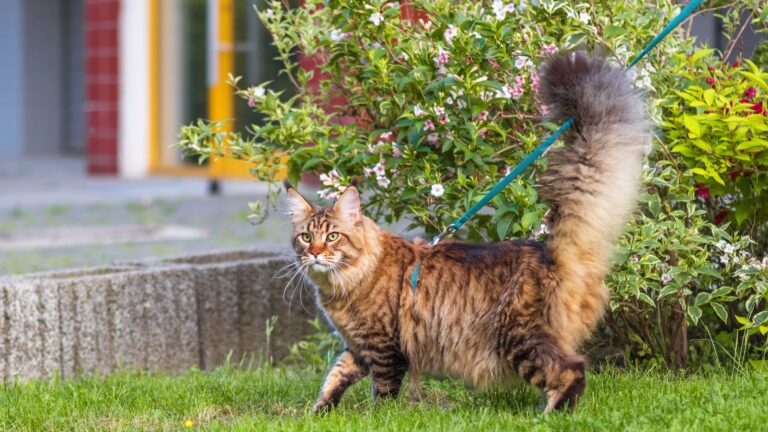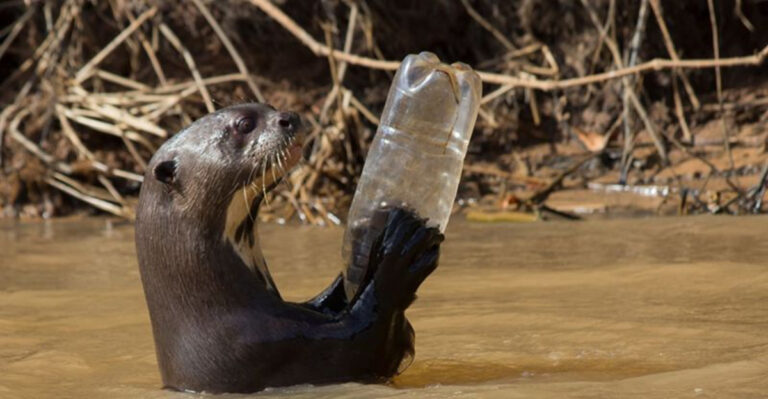10 Animals That Scare Rattlesnakes (And 5 That Get Scared Right Back)
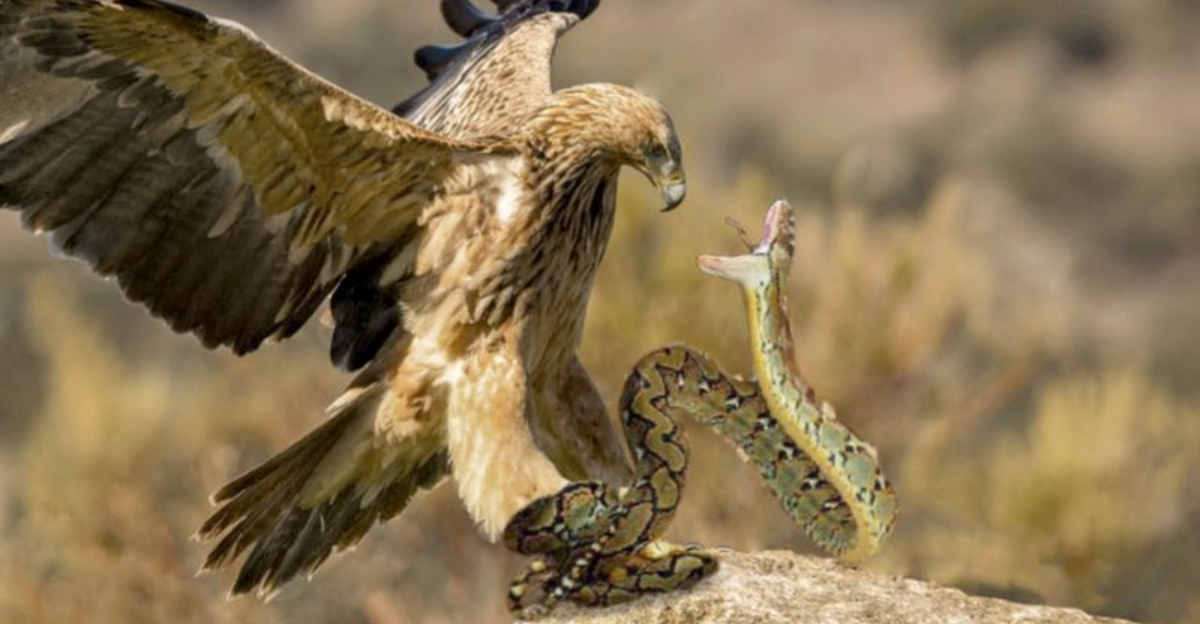
Rattlesnakes might seem like fearless predators, but even they have natural enemies in the wild. These venomous reptiles have evolved their infamous rattle as a warning system for a reason – certain animals pose a serious threat to them.
On the flip side, some creatures that initially seem intimidating to rattlesnakes might actually find themselves on the receiving end of fear.
1. Kingsnakes: The Snake-Eating Royalty
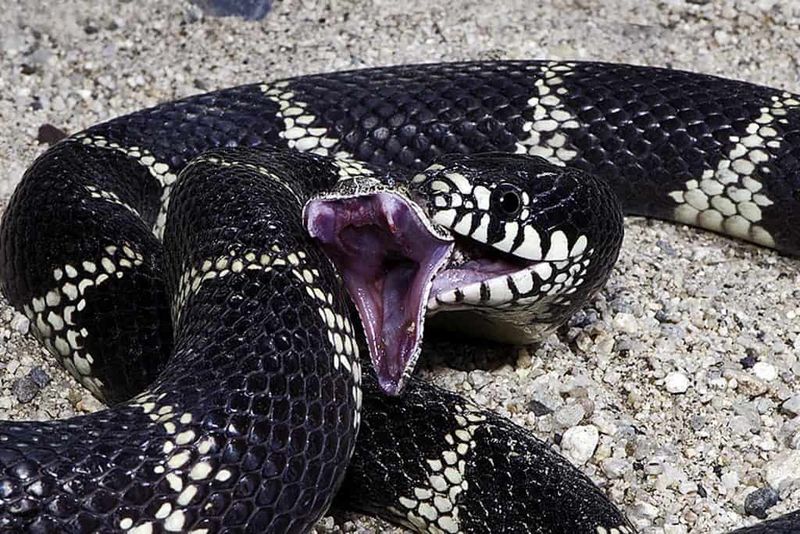
Kingsnakes earned their regal name for good reason – they regularly feast on other snakes, including venomous rattlesnakes. These colorful constrictors possess natural immunity to rattlesnake venom, making them formidable predators.
When a kingsnake encounters a rattler, it doesn’t hesitate to attack, wrapping its muscular body around the rattlesnake and squeezing until it’s subdued. Their specialized jaws then allow them to swallow their serpentine meal whole, sometimes consuming rattlesnakes nearly as large as themselves.
2. Roadrunners: Swift Snake Snatchers
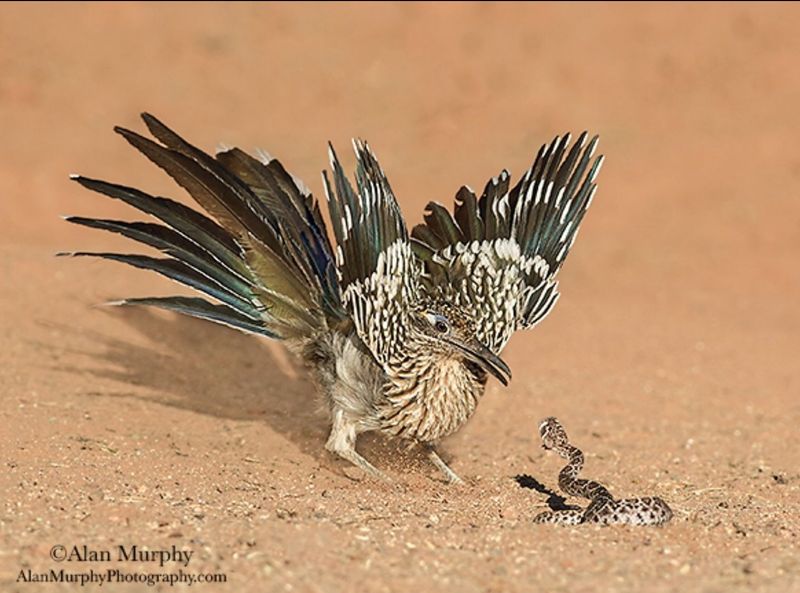
Forget the cartoon character – real roadrunners are rattlesnake-killing machines. These fast-footed birds dash in to grab rattlesnakes by the head, then repeatedly slam them against rocks until they’re dead.
Roadrunners possess remarkable agility, easily dodging strikes while delivering their own lethal counterattacks.
Their hunting technique is both brutal and effective. After the kill, they’ll often swallow smaller rattlesnakes whole or tear larger ones into manageable pieces before enjoying their hard-earned meal.
3. Hawks: Aerial Assassins
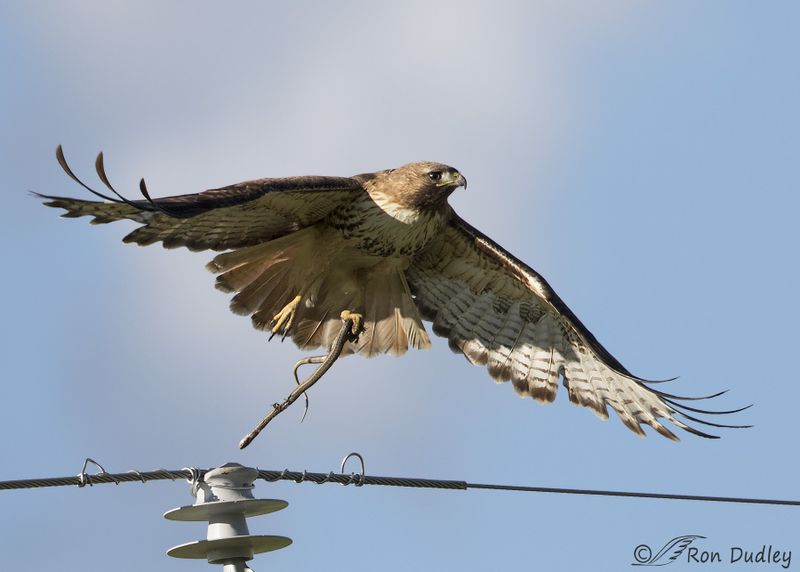
Red-tailed hawks and other raptors strike fear into rattlesnakes from above. With razor-sharp talons and exceptional eyesight, these birds spot snakes from high perches before swooping down for the kill.
Hawks typically attack with precision, grabbing rattlesnakes behind the head to avoid venomous bites. Their powerful wings allow them to lift struggling snakes off the ground, removing the reptile’s leverage advantage.
Some hawks have even developed specialized hunting techniques, dropping snakes onto hard surfaces to disable them.
4. Honey Badgers: Fearless Fighters

Honey badgers have earned their reputation as nature’s most fearless creatures. These muscular mammals possess thick, loose skin that protects them from snake bites, along with partial venom immunity that lets them shrug off attacks that would kill other animals.
When confronting a rattlesnake, honey badgers display astonishing aggression, charging directly at the threat. They’ll endure multiple strikes while closing in for their own devastating bite. Their powerful jaws and sharp claws make short work of even the largest rattlers.
5. Wild Pigs: Hoofed Snake Hunters
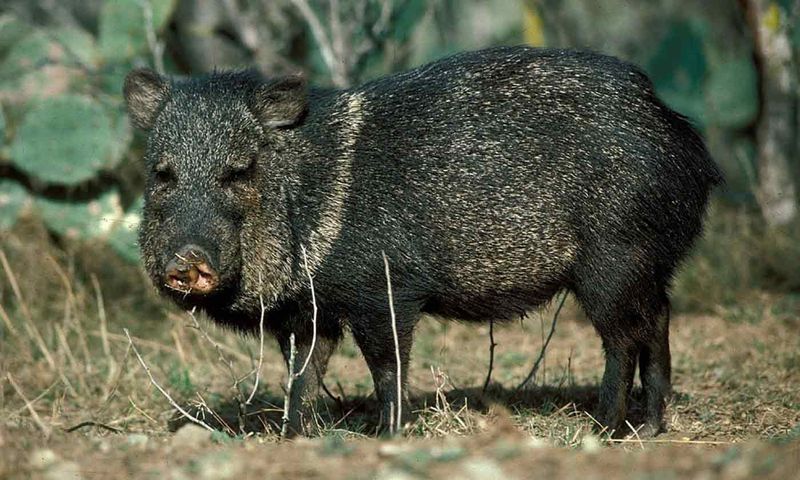
Wild pigs like javelinas and feral hogs actively seek out and devour rattlesnakes. Their thick skin, covered with coarse hair, provides natural armor against snake strikes, while their tusks serve as deadly weapons.
These omnivorous mammals use their excellent sense of smell to locate hidden snakes. When they find a rattler, they’ll stomp it with sharp hooves before tearing it apart with powerful jaws.
Pigs often hunt in groups, making it nearly impossible for snakes to escape once discovered.
6. Mongoose: Lightning-Fast Killers
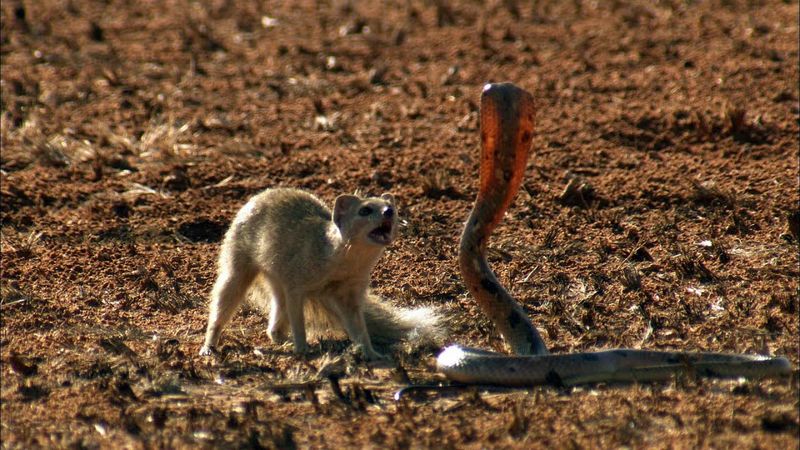
Mongooses have evolved specifically to hunt venomous snakes. Their incredible speed and reflexes allow them to dodge strikes with almost supernatural precision.
Combined with specialized acetylcholine receptors that provide venom resistance, they’re perfectly designed snake predators.
A mongoose vs. rattlesnake encounter resembles a deadly dance. The mongoose weaves and feints, exhausting the snake before darting in for a neck bite. Some species even work in teams, taking turns distracting the snake while others attack from behind.
7. Eagles: Supreme Aerial Hunters

Golden eagles reign as apex predators with few natural enemies. These massive birds boast wingspans exceeding seven feet and talons that can exert over 400 pounds of pressure per square inch – more than enough to crush a rattlesnake’s spine instantly.
Eagles utilize their incredible vision to spot snakes from hundreds of feet above. They execute precise diving attacks, sometimes reaching speeds of 150 mph before striking. Unlike smaller birds, eagles can easily carry adult rattlesnakes away to feed their hungry nestlings.
8. Bobcats: Stealthy Snake Stalkers
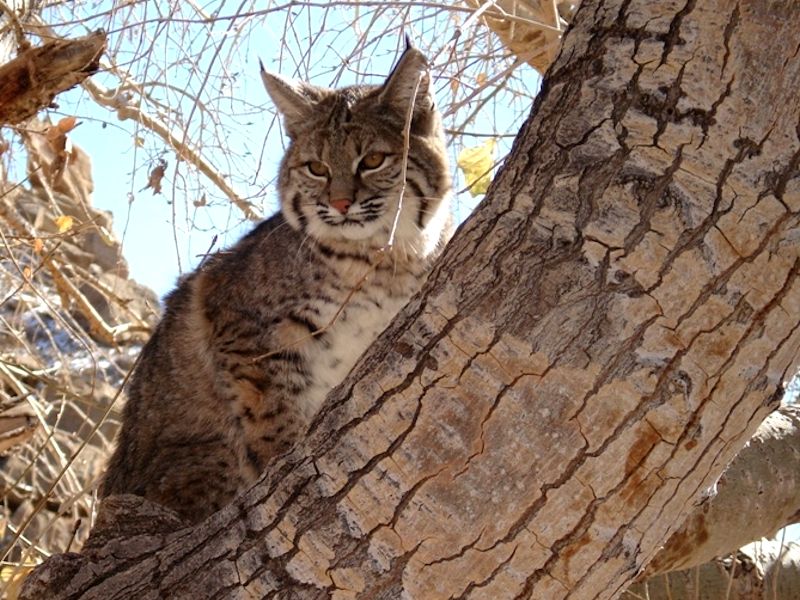
Bobcats employ stealth and patience when hunting rattlesnakes. These medium-sized wild cats silently track their prey before launching lightning-fast paw strikes that can incapacitate a snake in seconds.
Their natural agility allows bobcats to leap backward, avoiding counterattacks while maintaining the perfect striking distance.
The cat’s thick fur provides some protection against bites. Experienced bobcats learn to wear down rattlesnakes before delivering a precise killing bite to the spine or head.
9. Coyotes: Opportunistic Snake Eaters
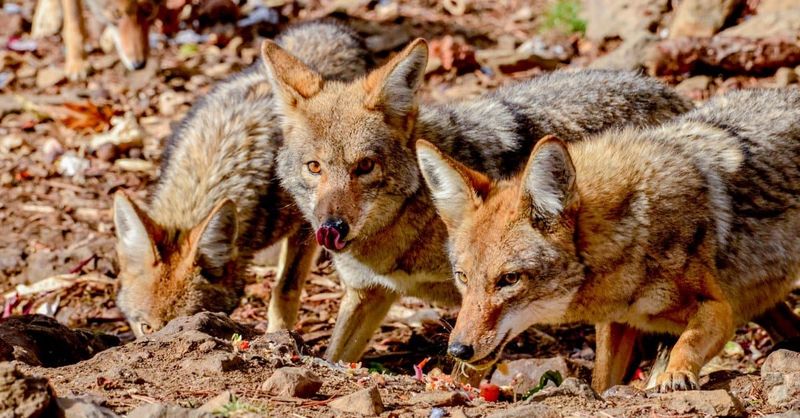
Coyotes approach rattlesnake hunting with calculated risk. These intelligent canids have learned to target snakes during cooler hours when reptiles move more slowly, giving the mammals a significant advantage.
Using quick, darting movements, coyotes provoke defensive strikes before jumping clear. After several exhausting lunges, the snake becomes vulnerable to a quick bite behind the head.
Younger coyotes sometimes hunt in pairs, with one distracting while the other attacks from behind.
10. Owls: Silent Night Hunters
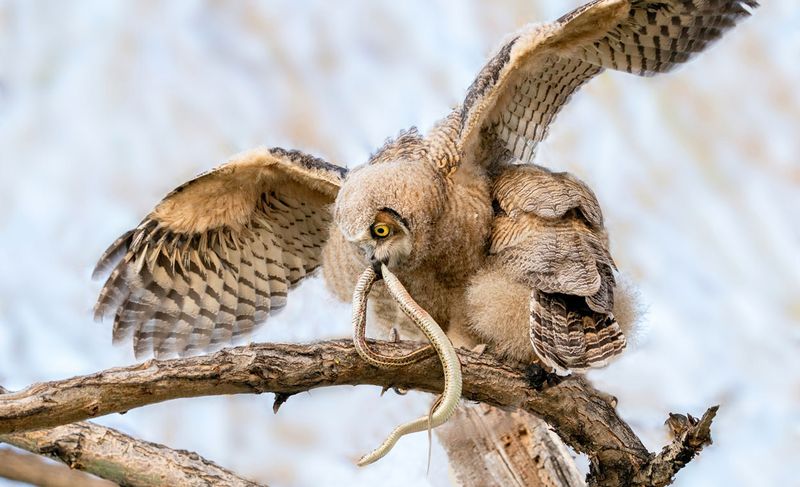
Great horned owls strike from darkness with deadly precision. These nocturnal hunters possess specialized feathers that allow completely silent flight, letting them ambush rattlesnakes without triggering defensive rattling.
Their powerful talons can pierce snake skulls instantly, while their excellent night vision spots heat signatures even in total darkness. Owls typically consume smaller rattlesnakes whole, starting with the head. For larger prey, they’ll use their sharp beaks to tear the snake into manageable pieces.
11. Opossums: Surprisingly Immune Marsupials
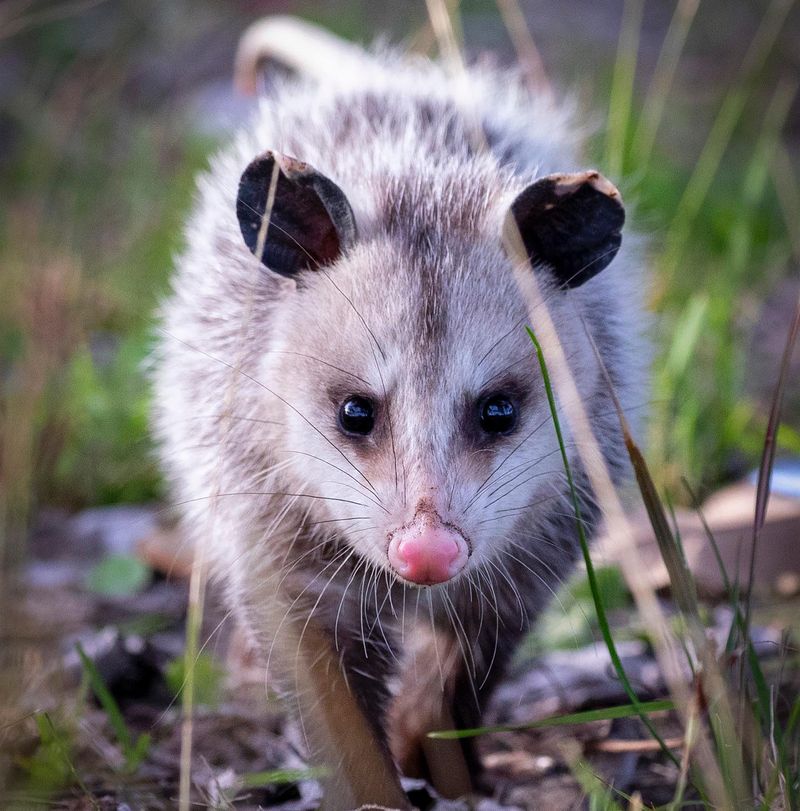
Opossums might seem unlikely snake predators, but they possess a secret weapon: natural immunity to pit viper venom.
These marsupials produce a protein called LTNF that neutralizes rattlesnake venom, allowing them to survive multiple bites without harm. While not aggressive hunters, opossums won’t hesitate to eat rattlesnakes they encounter.
Their slow metabolism means they require less food than similar-sized mammals. This combination of venom resistance and opportunistic feeding habits makes them unexpected rattlesnake enemies.
12. Jackrabbits: Surprisingly Brave Hoppers
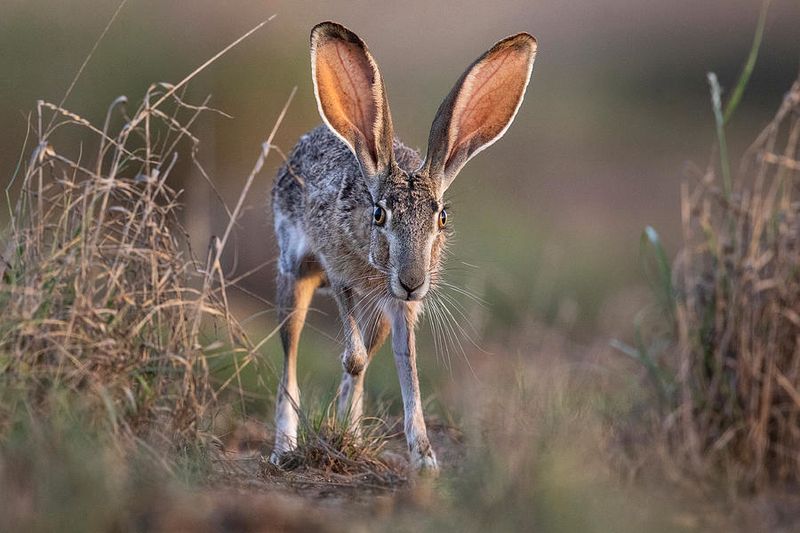
Jackrabbits might seem like easy prey, but these desert dwellers sometimes turn the tables on rattlesnakes.
When cornered, these oversized hares employ a surprising defense – they’ll actually jump toward the snake while kicking with powerful hind legs.
Their sharp hooves can deliver devastating blows, sometimes breaking the snake’s spine or skull.
Jackrabbits have been observed deliberately provoking rattlesnakes, dodging the strike, then counterattacking while the snake is vulnerable. Rattlesnakes quickly learn to avoid these deceptively dangerous prey.
13. Ground Squirrels: Tail-Flagging Taunters
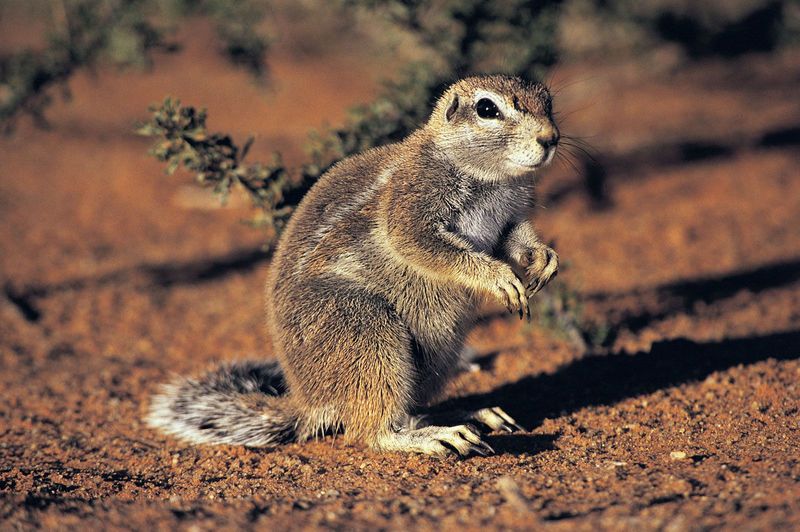
California ground squirrels have evolved a fascinating defense against rattlesnakes.
These rodents actually taunt their predators by waving their tails rapidly – a behavior called “tail flagging” that communicates to the snake that it’s been spotted. Even more impressive, ground squirrels chew on shed snake skins, then lick their fur to spread the scent.
This snake-scent camouflage confuses rattlesnakes’ heat-sensing pits. Some squirrels even throw dirt and pebbles at snakes, demonstrating remarkable bravery for such small creatures.
14. Deer: Stomping Hoofed Defenders

Deer seem like unlikely snake killers, but these gentle herbivores become fierce when threatened.
A mother deer protecting fawns will stomp rattlesnakes with razor-sharp hooves, delivering blows powerful enough to kill instantly. Their exceptional hearing and sense of smell alert them to hidden snakes. Deer have been observed deliberately tracking rattlesnake scent trails and destroying nests.
This surprising behavior likely evolved as protective instinct rather than predation, but the result is the same – dead rattlesnakes.
15. Skunks: Stinky Snake Predators

Skunks bring chemical warfare to snake encounters. Their infamous spray isn’t their only weapon – they also possess thick fur and remarkable agility that helps them avoid bites.
Combined with partial venom immunity, skunks make formidable rattlesnake hunters. These striped predators target rattlesnakes by pinning the head with their front paws before delivering a killing bite to the spine.
Young skunks sometimes hunt in family groups, overwhelming larger snakes through coordinated attacks. Their distinctive digging claws also help them unearth hidden snake dens.

